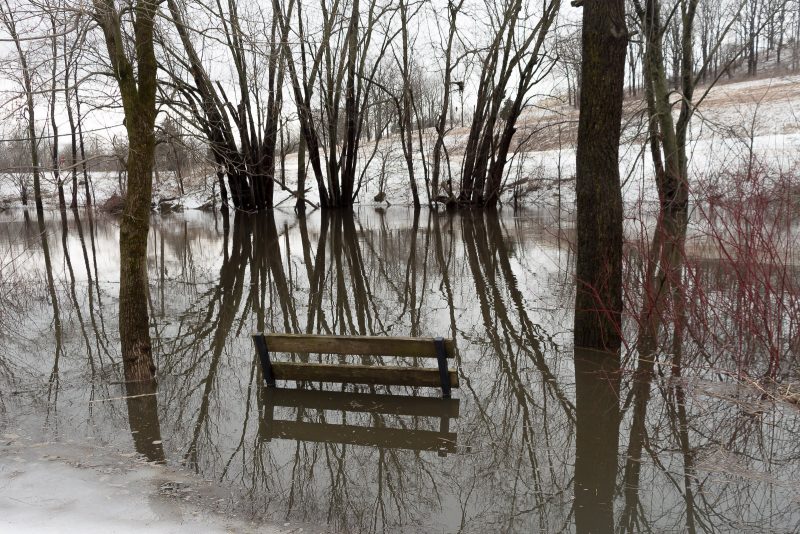Today Jack and I drove out to the country so we could take our walk beside a pretty little river called the Thames. It’s named after England’s Thames river, but it’s much smaller, much slower, very shallow and not fit for boat travel of any kind. Even a canoe can only go a few feet before getting stuck on a sandbar. I know about that from experience. Today, though, the water was very high with a strong current and large areas of flooding. There’s also still a lot of ice.

Thames River
©voyager, all rights reserved


































